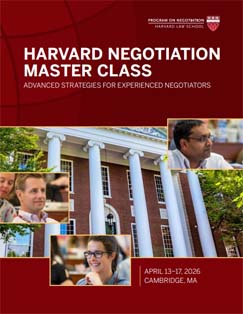Mediation is a process of third-party involvement in a dispute. A mediator cannot impose an outcome but rather assists the disputing parties in reaching their own agreement. Mediation can be used in a wide range of disputes, including labor disputes, public policy disputes, disagreements among nations, family disputes, and neighborhood and community quarrels. According to research, about 80% of dispute mediations lead to resolution.
A mediator must be able to command trust and confidence by building a rapport with the parties in the mediation process. Opponents must feel their interests are truly understood, because only then can a mediator reframe problems and float creative solutions.
As compared with other forms of dispute resolution, mediation can have an informal, improvisational feel. It can include some or all of the following mediation techniques for conflict resolution:
- Planning: Before the process begins, the mediator helps the parties decide where they should meet and who should be present.
- Joint discussion: After each side presents its opening remarks, the mediator and the disputants are free to ask questions with the goal of arriving at a better understanding of each party’s needs and concerns.
- Caucuses: If emotions run high during a joint session, the mediator might split the two sides into separate rooms for private meetings, or caucuses.
- Negotiation: At this point, it’s time to begin formulating ideas and proposals that meet each party’s core interests—familiar ground for any experienced negotiator. A mediator can lead the negotiation with all parties in the same room, or may engage in “shuttle diplomacy,” moving back and forth between the teams, gathering ideas, proposals, and counterproposals.
These and other techniques and strategies are discussed in articles available at the Program on Negotiation.














